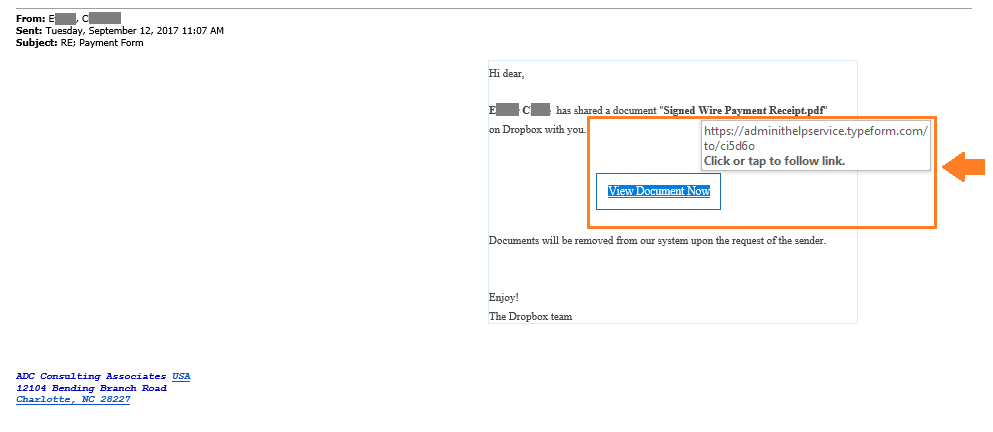Brace yourself for the latest in email scams: “Your password is ____”
Scammers are getting exceptionally clever lately and have started sending out very scary and convincing emails. These emails usually put a user’s actual password in the subject line to make it more credible, claim that they’ve hacked the recipient’s computer, and threaten to release very personal information to friends and family via social media if the scammer isn’t paid a large amount of money. While this is a very convincing trick, it’s still only a trick.
Here’s how they do it:
When websites get hacked, attackers often make off with a database of usernames, email addresses, and “hashed” (encrypted) passwords. While the passwords aren’t immediately useful, the hashes are usually posted to the internet where they can be reverse engineered and decrypted. If you were one of the affected users, anyone in the world can get a copy of your email and the password you used for that site.
Here’s a couple tips you can use to protect yourself:
- Check https://haveibeenpwned.com. Enter your email address(es) into the field to see if any of your addresses have ever been affected by a breach. If so, you should assume that the password you used for that site is compromised and you should change it on any and all sites that share that password.
- Use unique passwords for each website. If you use a password manager likechttps://www.lastpass.com/ or https://1password.com/, you can generate unique, secure passwords for every service you use and never have to remember them. If a site you use ever gets breached, attackers will only have your password for that site, instead of every site you use.
- Change your passwords often, especially if you are informed that a service you use has been breached.





